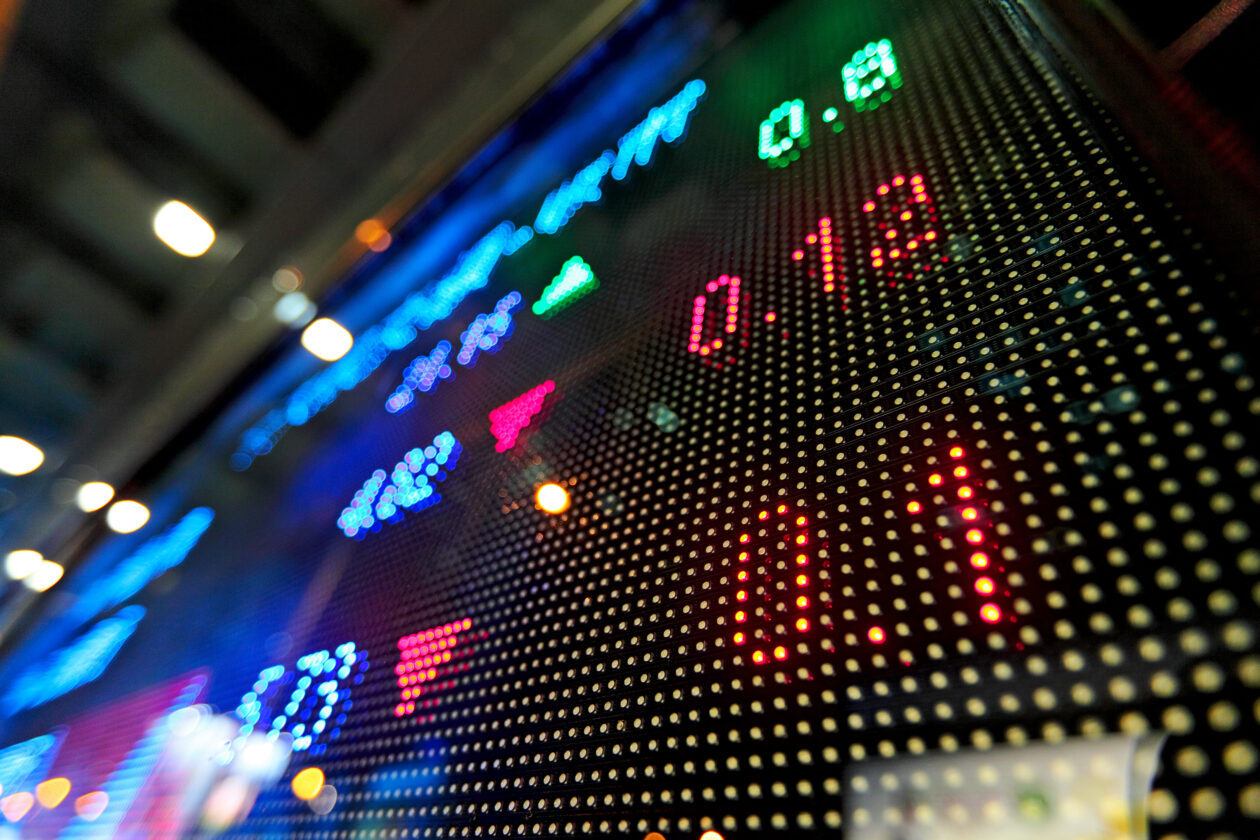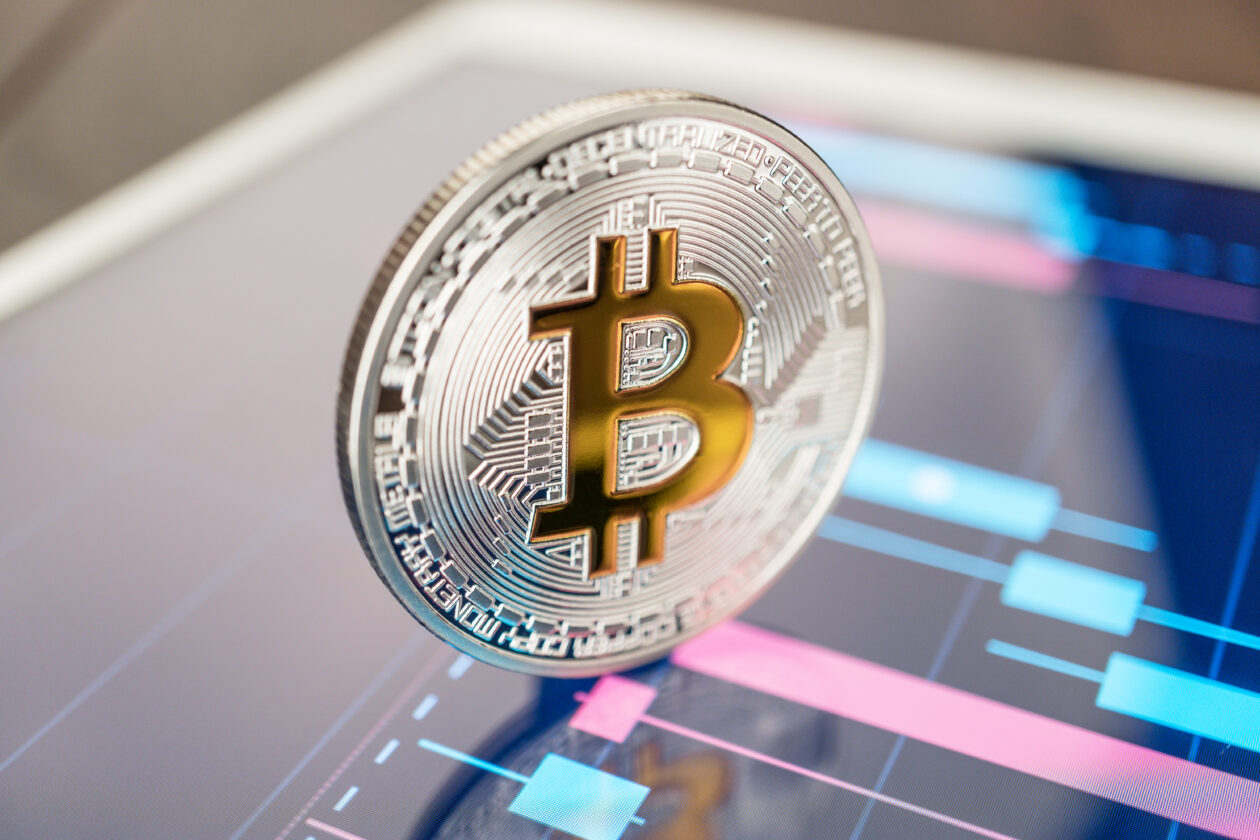Bitcoin and Ether extended losses in Tuesday afternoon trading in Asia amid concerns of a potential decentralized finance (DeFi) contagion. Reports of a hack of the popular DeFi platform Curve Finance, and of an attack on the LeetSwap exchange running on Coinbase, added to investor tensions. Solana and Litecoin led the top 10 non-stablecoin losers.
See related article: Tether says USDT excess reserves reached US$3.3 billion in Q2
Solana, Litecoin lead losses
Bitcoin fell 1.54% to US$28,931 in 24 hours to 4 p.m. in Hong Kong, bringing its weekly losses to 0.72%, according to data from CoinMarketCap.
Ether fell 1.68% to US$1,834 in the past 24 hours and posted a weekly loss of 0.89%.
“In the aftermath of the LeetSwap attack, which saw a loss of about 340 Ether, and the Curve Finance exploit that resulted in a theft of approximately US$41 million in cryptocurrencies, there has been a dip in the prices of Bitcoin and Ether. The market is currently digesting these events as investors wait and watch,” Rajagopal Menon, vice-president of WazirX, India’s largest crypto exchange by volume, told Forkast in an email.
Bitcoin and Ether prices declined after CoinDesk reported that LeetSwap said it is working with on-chain security experts to recover 340 Ether after PeckShield tweeted the exchange on Coinbase’s Layer 2 blockchain had been attacked.
“In the past, similar incidents have caused price fluctuations, often downward, due to uncertainty and fear among investors,” Menon said.
“The extent to which these events impact Bitcoin and Ether prices throughout the week largely hinges on the DeFi community’s response and the speed at which investor confidence can be restored. News of fund recovery or enhanced security measures could potentially stabilize or even boost sentiment,” Menon added.
Over the weekend, decentralized stablecoin exchange Curve Finance reported a security issue in older versions of Vyper, the programming language used for smart contracts. According to data from smart contract auditing firm BlockSec, hackers drained an estimated US$41 million in cryptocurrencies from the platform as a result of the malfunction, raising concerns about possible problems at other DeFi platforms.
Following the Curve Finance incident, there has been a marked decrease in the total value of locked assets on the platform, plunging from over US$3 billion to US$1.7 billion – suggesting investors are fleeing the platform, according to Menon.
“This episode underscores a critical moment for DeFi and Ethereum, potentially indicating a nadir with immense upside potential. It also raises concerns about the risk of contagion spreading across other DeFi protocols,” he said.
“This incident could serve as an impetus for lending protocols to initiate proactive monitoring of on-chain liquidity for every collateral type they accept, thus bolstering defenses against such exploits in the future,” Menon added.
According to a report from European alternative asset manager CoinShares, digital asset investment products saw minor outflows totalling US$21 million last week. Trading volumes for digital asset investment products stood at US$915 million for the week, compared to US$1.5 billion weekly average this year so far.
“93% of the outflows were from long-Bitcoin investment products, while short-Bitcoin saw its 14th consecutive week of outflows totalling US$3.1 million. This suggests investors have been taking profits in recent weeks, with the sentiment for the asset overall remaining supportive,” the CoinShares report said.
All other top 10 non-stablecoin cryptocurrencies fell Tuesday afternoon in Asia, except BNB. Solana led losses, dropping 4.15% to US$23.49, although it gained 1.82% on the week.
Litecoin was the second-biggest loser in the past 24 hours, losing 3.15% to US$90.37, while rising 1.37% in the last seven days. Litecoin’s halving event on Wednesday is expected to cut the mining reward for each successfully minted Litecoin block from 12.50 LTC to 6.25 LTC, increasing its scarcity and potentially boosting the token’s price.
The total cryptocurrency market capitalization dropped 1.64% to US$1.17 trillion, while market volume rose 19.93% to US$32.26 billion in the past 24 hours.
NFT sales volume rise
The Forkast 500 NFT index fell 1.14% to 2,508.18 in 24 hours to 5.40 p.m. in Hong Kong. The index has lost 5.43% in the last seven days and 10.39% for the month.
Forkast’s Ethereum and Solana NFT market indexes logged losses, while the index measuring the performance of Polygon’s NFT market edged up 0.21% in the past 24 hours.
Total NFT sales volumes rose 5.68% to US$18.80 million in 24 hours, according to data from CryptoSlam.
Sales volume on Ethereum, the largest NFT network, rose 68% to US$12.67 million.
Trading volumes on Polygon climbed 45.07% to US$1.09 million to take second spot in CryptoSlam’s rankings. Solana and Binance’s BNB networks also witnessed increases in NFT sales volumes in the past 24 hours.
“Binance has two projects making waves with AIWorld Nodes appearing in the top 10 multiple times this weekend behind their node sales,” said Yehudah Petscher, NFT Strategist at Forkast Labs.
“PLAYNFT, a watch2earn platform for content creators and fans, has also been driving NFT sales on Binance,” Petscher added.
By NFT collections, Ethereum-based Bored Ape Yacht Club topped CryptoSlam’s rankings, rising 1.03% in 24 hours to US$1.72 million. Mythos-based DMarket and Ethereum-based DeGods ranked second and third.
Asian equities mixed; U.S. stock futures, European bourses drop

Asian stock markets were mixed on Tuesday. China’s Shenzhen Component and Hong Kong’s Hang Seng dropped, while South Korea’s Kospi and Japan’s Nikkei strengthened at the close of trading hours.
Private research firm Caixin Insight Group’s July manufacturing PMI for China released Tuesday dropped for the first time since April, missing market estimates and falling to its lowest in six months. Japan’s Nikkei 225 gained as the country’s unemployment edged lower in June as forecasted, marking the country’s lowest jobless rate since January.
India’s Sensex index at the Bombay Stock Exchange closed 0.1% lower on Tuesday.
“I was looking at the GDP growth forecast for China versus India and India is still stronger in terms of GDP growth headline into next year and beyond. So, China has more work to do in terms of providing more stimulus to its economy,” Dean Kim, head of global research product at William O’Neil + Co., told CNBC-TV18 on Tuesday.
“If they were to come out with more stimulus – that could be good news for the market and perhaps that could sway the liquidity over to China, but as we are currently sitting, I still see India as a good performing market,” Kim said.
U.S. stock futures fell as of 6.55 p.m. in Hong Kong, with the Dow Jones Industrial Average futures, the S&P 500 futures, and the Nasdaq 100 futures all in the red.
The Federal Reserve next meets on Sept. 19 and 20 after raising rates by a quarter of a point in July. Interest rates in the world’s largest economy are now between 5.25% to 5.5%, the highest since January 2001.
Fed Chair Jerome Powell last week reiterated the bank takes a data-driven approach to decide interest rate policy and Fed economists said the likelihood of a recession in the U.S. has diminished, indicating to some analysts the Fed may leave rates unchanged next month.
The CME FedWatch Tool predicts a 82.5% chance the Fed will keep rates as is in September, and a 17.5% chance for another 25-basis-point increase.
“The complication would come next year, if both headline and core inflation rates get stuck at around 3%. Real rates will stop rising, putting the Fed in a bind as its 2% inflation target would remain elusive,” Singapore’s DBS Bank said in a research report on Monday.
“Resuming rate hikes would be very challenging, as by then economic growth would be 1%, if not lower, as per our forecast,” the report added.
European bourses started the month in red, with both the benchmark STOXX 600 and Germany’s DAX 40 losing during afternoon trading hours in Europe.
Last week, the European Central Bank (ECB) increased its key interest rates by 25 basis points to 3.75%, its highest level since 2001.
“While there is some indication of inflation easing in the Eurozone, the situation is far more uncomfortable for the ECB than it is for the Fed,” according to the DBS report.
“We are sure that the ECB would not want to undermine sentiments at a time when the economy is slowing, but we also recognize that it is in no position to give dovish signals. Either through further rate hikes or through disinflation, real rates have only one way to go in the Euro area, and that is up.”
(updates with equity section.)






